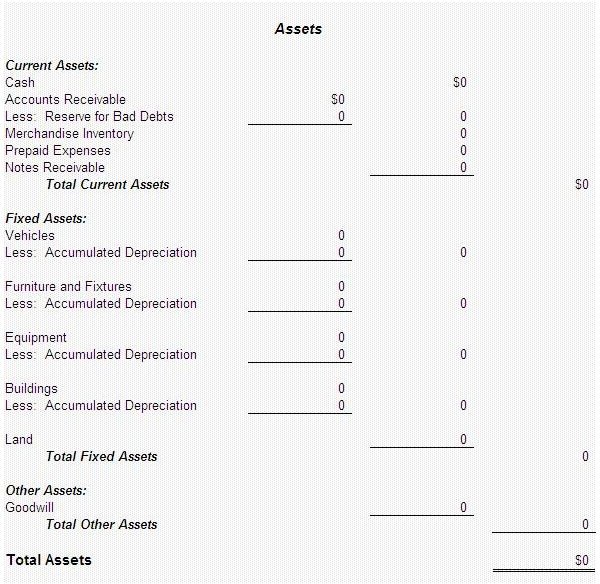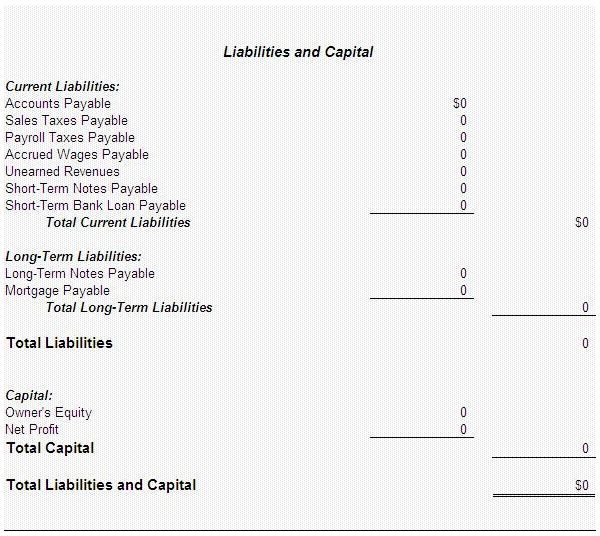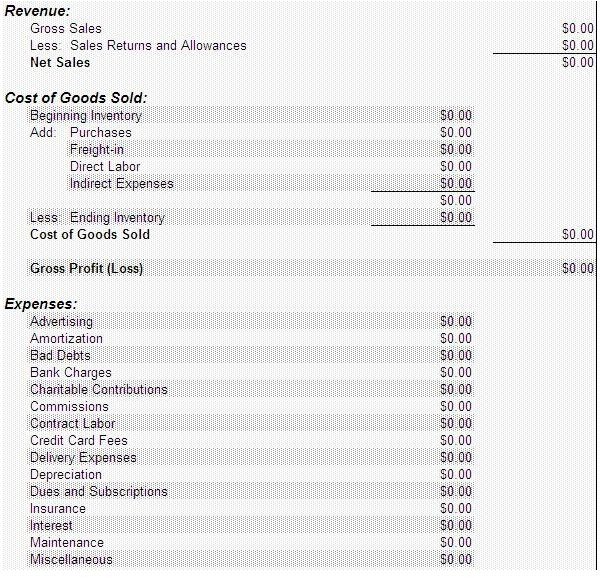What's the Difference Between the Income Statement vs. Balance Sheet?
Income Statement: Revenues & Expenses
The income statement, much like the free pre-formatted MS Excel one you can download from our Media Gallery, reveals revenues, costs of goods sold, expenses, other income, and a net profit (or loss). The income statement template we provide is the most standard format utilized and is recommended by the Small Business Association (SBA).
So, when it comes to income statements vs. balance sheets, all the day-to-day activity posted via journal entries for revenue (sales), cost of goods (inventory, labor costs, etc.), and expenses will determine a company’s profit or loss for an accounting period.
The numbers that fall on the income statement are summary totals pulled from various journals and schedule postings throughout the accounting period, typically each month, and each line item may come from many different departments and expense distributions.
In fact, the trial balance of any financial accounting software program will show a more detailed breakdown of all the line items on the income statement. At times, if the trial balance does not balance, adjusting journal entries may be needed, and the trial balance re-run to reveal an accurate income statement.
Balance Sheet: Snapshot of Your Business

The balance sheet has always been considered as a snapshot of your business at any period of time, usually month and year end. Again, a pre-formatted MS Excel balance sheet is free to download from our Media Gallery.
When comparing the income statements vs. balance sheets, the balance sheet shows summary totals, not revenues and expenses; however, it does show current assets such as cash in bank, receivables, and fixed assets such as land, buildings, equipment, and vehicles to determine your total assets, less depreciation at the end of an accounting period.
The balance sheet also shows all your liabilities both short- and long-term including accounts payables. It also has summary totals for capital such as the owner’s equity. Finally, the net income on the balance sheet is pulled from the net income (or loss) of the income statement to determine the total liabilities and capital for a business.

Much like the income statement, the balance sheet contains summary totals. For example, a business may have three bank accounts, but only one line item on the balance sheet for cash in bank. The totals from all three bank accounts are pulled from the general ledger (via journal entries made each month) and combined to come up with the summary total—this is much the same for every line item on the balance sheet—even owner’s equity, especially if there is more than one owner.
Income Statement vs. Balance Sheet
For investors, lenders, and business owners, the balance sheet will show your current assets, liabilities, and equity or capital; however, most finance people will also want to explore the income statement to see how well your sales are covering your expenses to determine net profits or losses.
Behind both the balance sheet and income statement is the trial balance (which must balance) in order for these financial reports to be accurate. Bright Hub offers many helpful articles on the income statement, balance sheet, and the trial balance to help you manage your financial accounting accurately each accounting period.
Both of these financial reports are usually necessary to gain a clear understanding of the state of your business.
Screenshots by author courtesy of the SBA.
This post is part of the series: Income Statements
Find tips on how to prepare, read and analyze income statements along with examples and free templates you can download for personal or business use.
